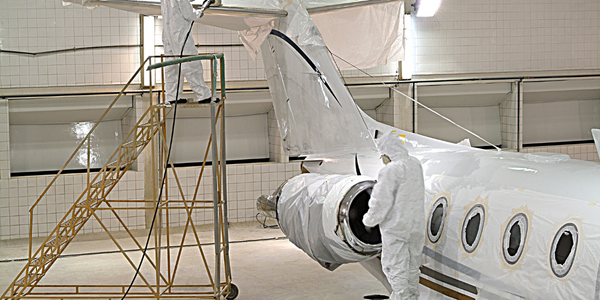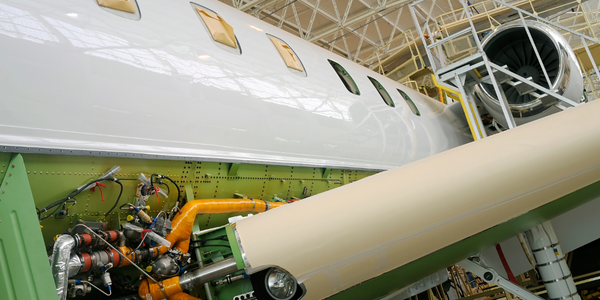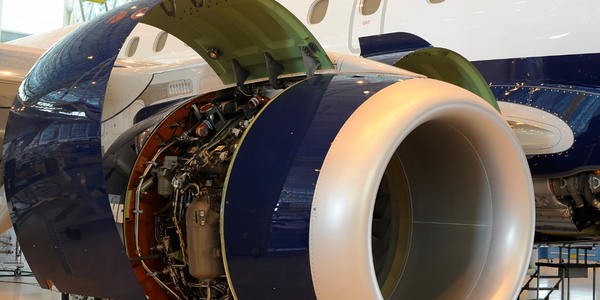Customer Company Size
Large Corporate
Region
- America
- Europe
Country
- United States
- Brazil
Product
- Sphera’s Sustainability Consulting Services
Tech Stack
- GaBi databases 2019
- GaBi LCA software suite
Implementation Scale
- Enterprise-wide Deployment
Impact Metrics
- Environmental Impact Reduction
- Innovation Output
Technology Category
- Analytics & Modeling - Process Analytics
Applicable Industries
- Packaging
- Aerospace
Applicable Functions
- Product Research & Development
- Quality Assurance
Use Cases
- Process Control & Optimization
- Predictive Waste Reduction
About The Customer
Ball Corporation is a company founded in 1880, with its headquarters in Broomfield, CO. The company operates in the Packaging and Aerospace industries. It has over 18,300 employees worldwide and reported net sales of $11.5 billion in 2019. The company has more than 100 locations globally. Ball Corporation manufactures billions of aluminum cans each year and aims to be the best steward of their products across their life cycles. To explore and improve sustainability credentials, Ball invested in a thorough and peer-reviewed Life Cycle Assessment (LCA) of their own as well as competing products.
The Challenge
Ball Corporation, a manufacturer of billions of aluminum cans each year, aimed to improve the sustainability credentials of their products. They wanted to identify the environmental hotspots of the aluminum can and compare it with competing beverage packaging options. The assessment was conducted in Europe, the U.S., and Brazil, considering regional collection/recycling rates, recycled content, weight optimization, and energy efficiency. The challenge was to provide an objective and reliable benchmark to interested 3rd parties, inform and enhance Ball’s sustainability strategy, and compare the regional sustainability performance of aluminum beverage cans with alternatives.
The Solution
Ball Corporation worked with Sphera’s sustainability experts to assess small-to-medium-sized, single-use beverage packaging in 3 different regions, under various scenarios of end of life recycling, recycled content and using different methodological approaches. Products from Europe, North America and Brazil were selected, weighed and measured to provide a solid basis for the study. Rigorous background data compilation provided the backbone of life cycle models that were constructed using Sphera’s LCA databases (GaBi databases 2019) and the LCA software suite GaBi. The resulting Life Cycle Impact Assessment analyzed 4 material options (aluminum cans, PET, glass bottles and beverage cartons) with 2-4 fill volumes, in each of the 3 regions. To confirm the credibility of the outcomes, the study report was subjected to a critical review by a panel of 3 independent experts who verified the results based on the ISO 14040/44 standard.
Operational Impact
Quantitative Benefit

Case Study missing?
Start adding your own!
Register with your work email and create a new case study profile for your business.
Related Case Studies.

Case Study
Airbus Soars with Wearable Technology
Building an Airbus aircraft involves complex manufacturing processes consisting of thousands of moving parts. Speed and accuracy are critical to business and competitive advantage. Improvements in both would have high impact on Airbus’ bottom line. Airbus wanted to help operators reduce the complexity of assembling cabin seats and decrease the time required to complete this task.

Case Study
Aircraft Predictive Maintenance and Workflow Optimization
First, aircraft manufacturer have trouble monitoring the health of aircraft systems with health prognostics and deliver predictive maintenance insights. Second, aircraft manufacturer wants a solution that can provide an in-context advisory and align job assignments to match technician experience and expertise.

Case Study
Aerospace & Defense Case Study Airbus
For the development of its new wide-body aircraft, Airbus needed to ensure quality and consistency across all internal and external stakeholders. Airbus had many challenges including a very aggressive development schedule and the need to ramp up production quickly to satisfy their delivery commitments. The lack of communication extended design time and introduced errors that drove up costs.

Case Study
Accelerate Production for Spirit AeroSystems
The manufacture and assembly of massive fuselage assemblies and other large structures generates a river of data. In fact, the bill of materials for a single fuselage alone can be millions of rows of data. In-house production processes and testing, as well as other manufacturers and customers created data flows that overwhelmed previous processes and information systems. Spirit’s customer base had grown substantially since their 2005 divestiture from Boeing, resulting in a $41 billion backlog of orders to fill. To address this backlog, meet increased customer demands and minimize additional capital investment, the company needed a way to improve throughput in the existing operational footprint. Spirit had a requirement from customers to increase fuselage production by 30%. To accomplish this goal, Spirit needed real-time information on its value chain and workflow. However, the two terabytes of data being pulled from their SAP ECC was unmanageable and overloaded their business warehouse. It had become time-consuming and difficult to pull aggregate data, disaggregate it for the needed information and then reassemble to create a report. During the 6-8 hours it took to build a report, another work shift (they run three per day) would have already taken place, thus the report content was out-of-date before it was ever delivered. As a result, supervisors often had to rely on manual efforts to provide charts, reports and analysis.

Case Study
Developing Smart Tools for the Airbus Factory
Manufacturing and assembly of aircraft, which involves tens of thousands of steps that must be followed by the operators, and a single mistake in the process could cost hundreds of thousands of dollars to fix, makes the room for error very small.








